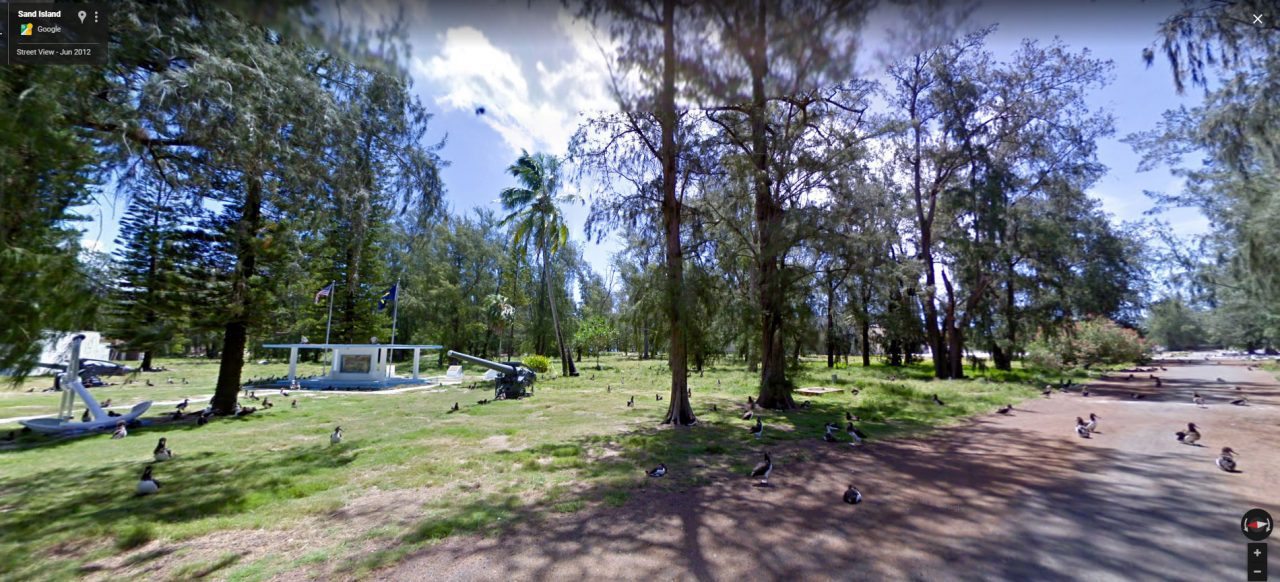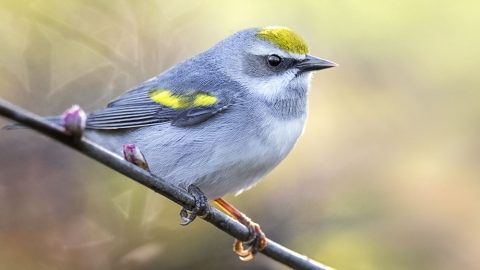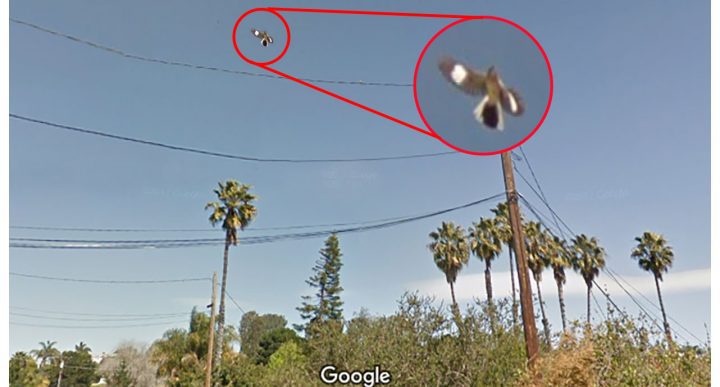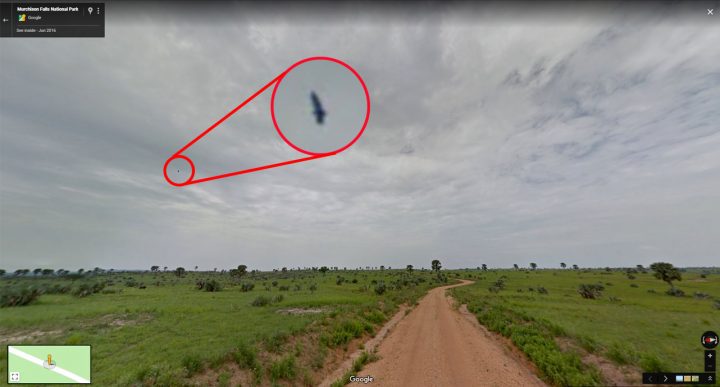The New, Incredibly Patient Hobby of Google Street View Birding
By Darien Fiorino
June 17, 2019
From the Summer 2019 issue of Living Bird magazine. Subscribe now.
Wouldn’t it be nice if you could, from the comfort of your home, find an ostrich in Ohio, or penguins in Pennsylvania? Introducing the “Google Street View Birding” Facebook group, where more than 2,200 birders are doing just that. As of April 2019, the group has identified some 1,050 species worldwide, from tiny Anna’s Hummingbirds to leggy Saddle-billed Storks, simply by panning and zooming their way through the Street View option in Google Maps.
This new hobby may not rival the fun of actually going outdoors to look at real birds, but it’s great for rainy days or schedules packed with indoor appointments. “It only requires an Internet connection,” says Sarah Toner, a moderator of the Facebook group and a former captain of Cornell University’s undergraduate birding team, the Redheads. “And you can explore places you’ve never been to and learn about birds around the world.”
To create Street View maps, Google sends out people and vehicles across the world, equipped with cameras that capture ground-level views in all directions. They even send people to carless areas—allowing the group to check off Laysan Albatrosses from remote Midway Island and the critically endangered San Cristobal Mockingbird from the Galapagos.

This Northern Mockingbird was captured by Google Street View cameras in a neighborhood in Solana Beach, California. Image from Google Street View. See larger image. 
A Bateleur was spotted soaring above Murchison Falls National Park in Uganda. Image from Google Street View. See larger image.
Birding in Street View, as in real life, requires extreme patience. “I spent more hours than I’d care to admit trying to find a Franklin’s Gull in North Dakota,” Toner says. It also presents entirely new kinds of ID challenges. “In real life you wouldn’t have any problem telling a ladybug from a Scarlet Tanager, but in Google Maps it’s an issue!” Toner says. “It challenges your ability to identify birds from blobs and color blocks.”
As with live bird cams, Google Street View presents an opportunity to get an outdoorsy fix for people who are unable to get outside. The group has even begun identifying other types of animals, from elephants to dragonflies.
Toner’s favorite Street View find is the group’s first California Condor, one of only a few hundred currently living in the wild. “I found one at almost the exact same spot where I’ve seen them in real life,” she said.
Does Google Street View hold scientific promise? Probably not much, since the blurry images make systematic studies difficult. But Toner (who wrote an article on Australia’s ultra-elusive Night Parrot for our magazine) holds out hope that Street View could produce some surprises. “All you need is a couple of out-of-range records to let scientists know that there are birds they didn’t know about there,” she says. “Depending on the species, that could be significant for conservation.”
Darien Fiorino (’21) is a student communications assistant supported by the Kristen Rupert and John Foote Undergraduate Research Fund.

All About Birds
is a free resource
Available for everyone,
funded by donors like you
American Kestrel by Blair Dudeck / Macaulay Library





